From Depression Era Hungry Hollow to Bumstock (VIRTUAL STOP ONLY)
Introduction
Text-to-speech Audio
Images
Article about Hungry Hollow from just prior to first destruction
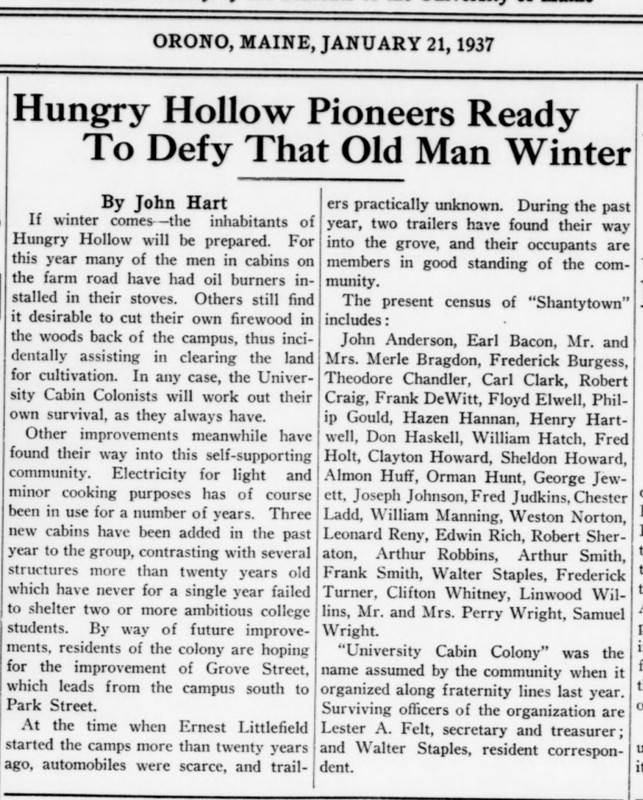
"The Luck of Hungry Hollow" about the history of the property
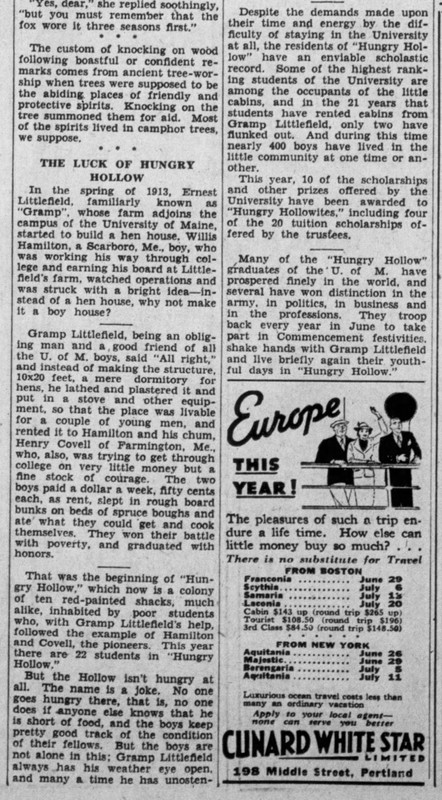
Article about Federal Emergency Relief Act jobs on campus
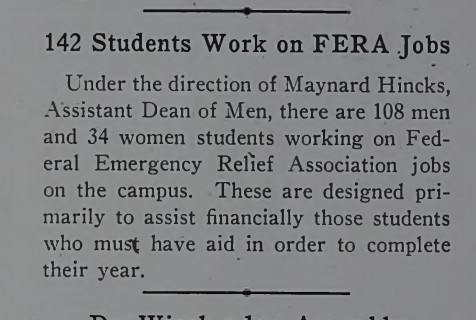
Aerial view of the new University Cabins in 1947

Kendrick Y. Hogdon (left), a junior, and his brother, Kenneth, a freshman, of Anson, Me., are preparing dinner in their cabin in 1937.
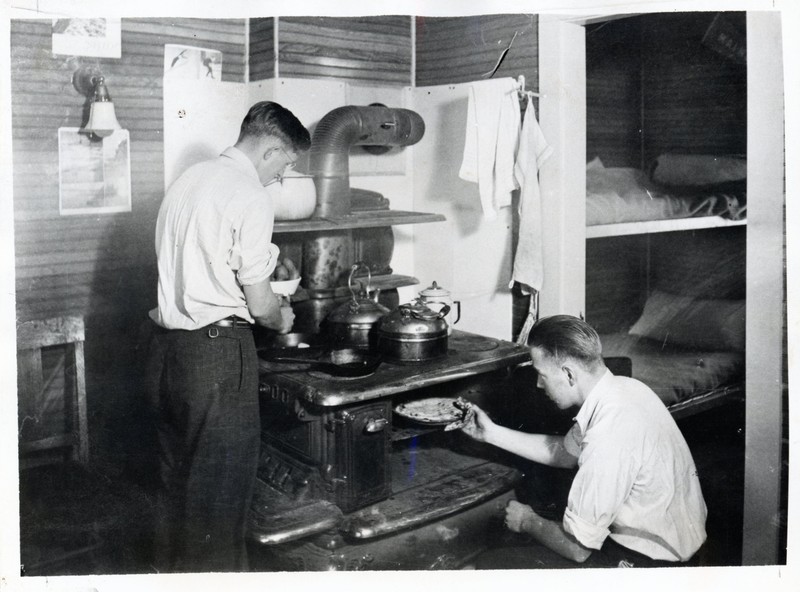
Image of UMaine football players living in University Cabins, 1951
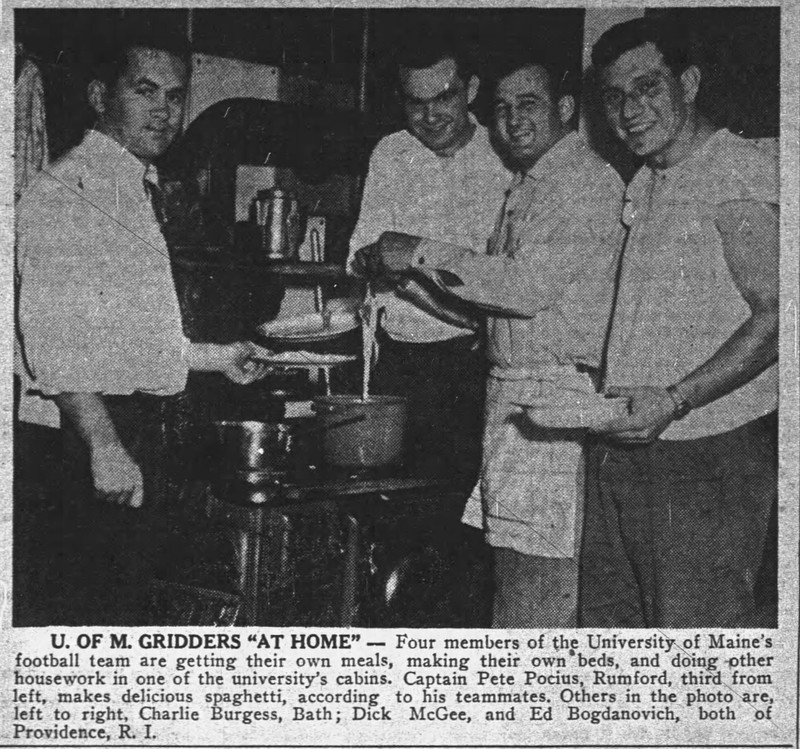
Image of a cabin in the colony
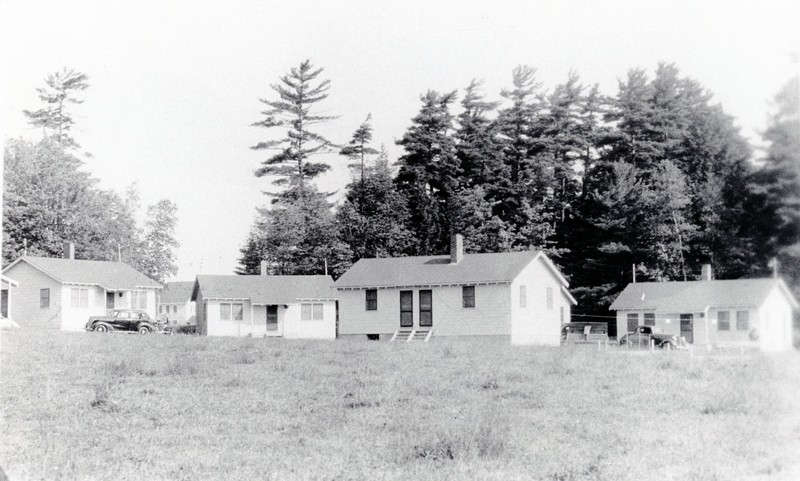
Classified ad for ewes being sold by a cabin resident
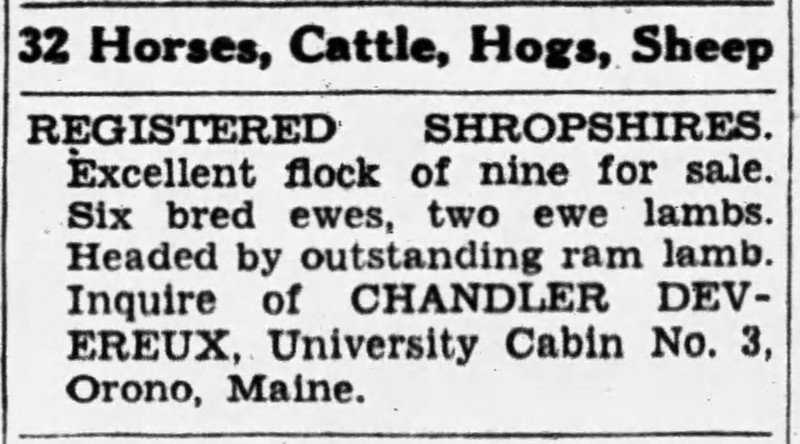
Cabin #8 pictured with livestock on the farm in the background
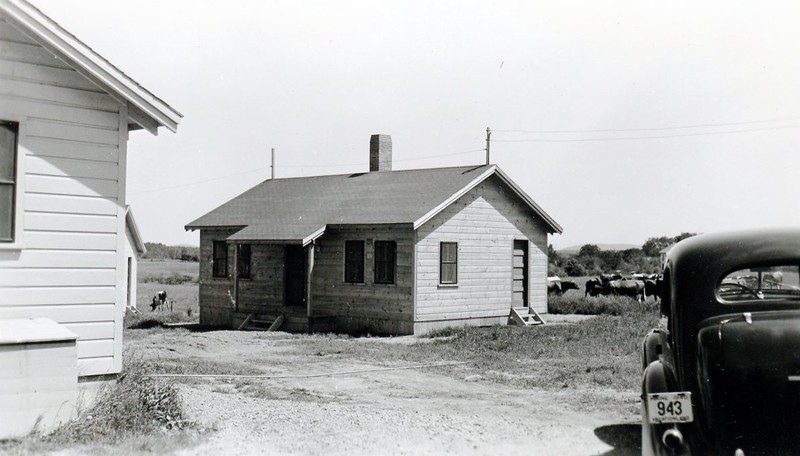
A satire/joke article from the Maine Campus in 1981 about the residents seceding from the university
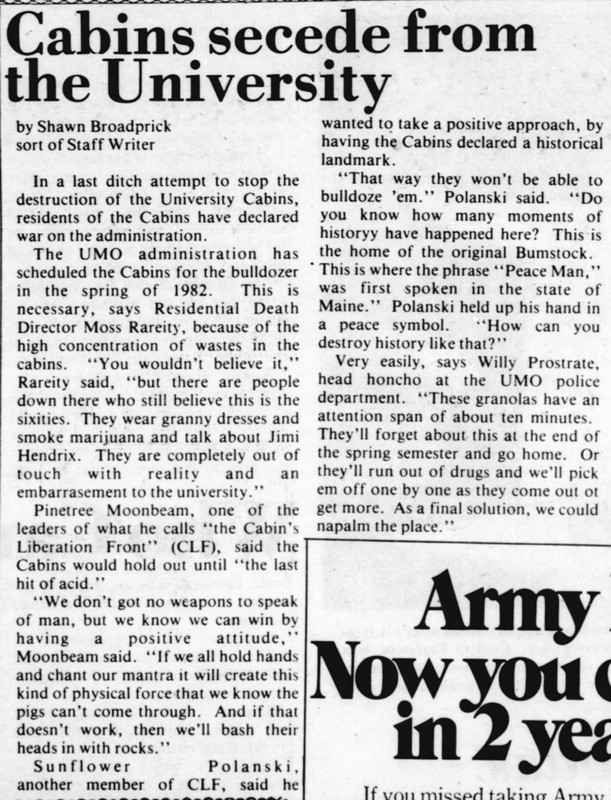
Article about Bumstock 1977, being moved just off property to a nearby field
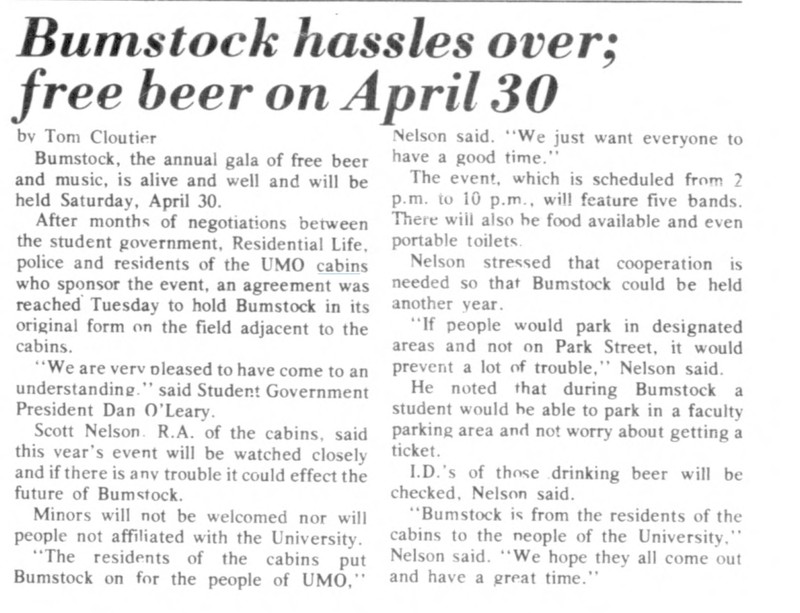
Excerpt of an article about why the last inhabitants of the colony want to stay
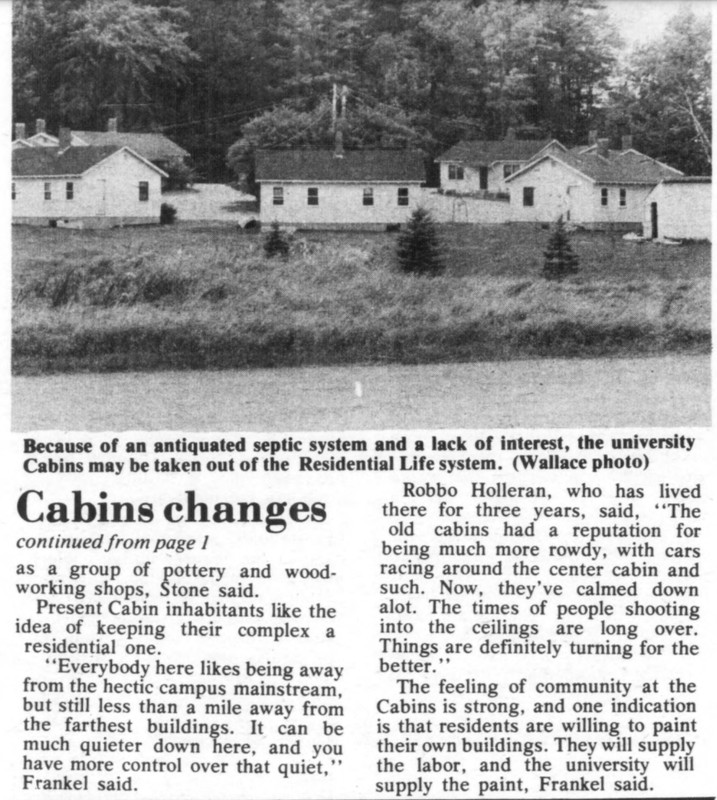
An unidentified band playing at Bumstock in 1981 when cabins still stood on the property
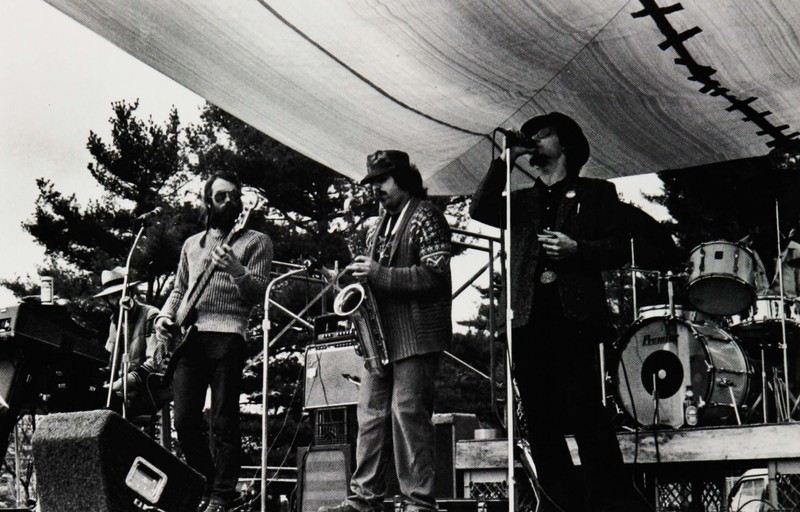
Unidentified University of Maine students enjoying Bumstock in 1981
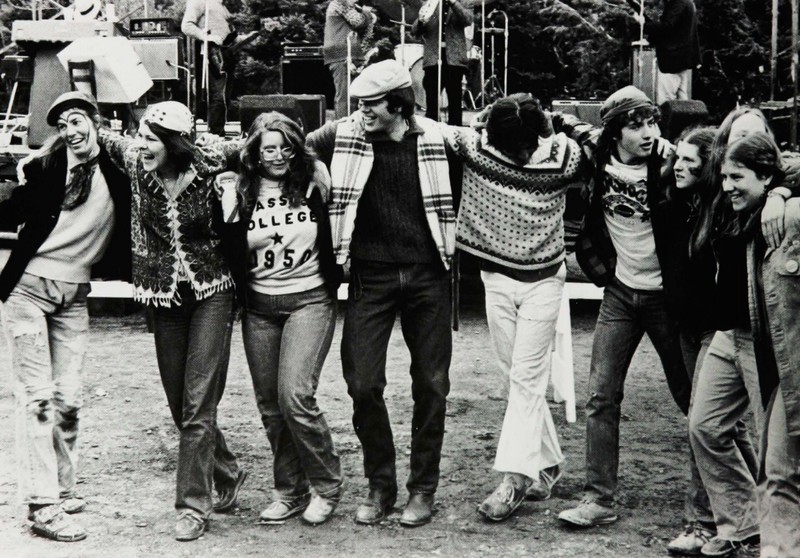
A letter addresses the recently razed University Cabins
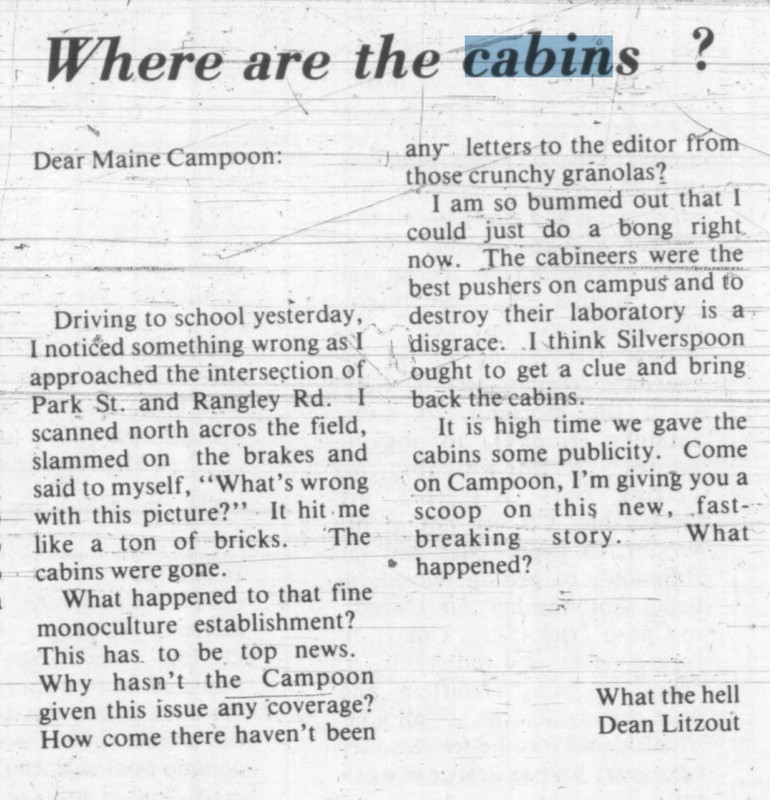
An article on the history of Bumstock

Satellite image of a portion of the property, with faint remains of circular layout
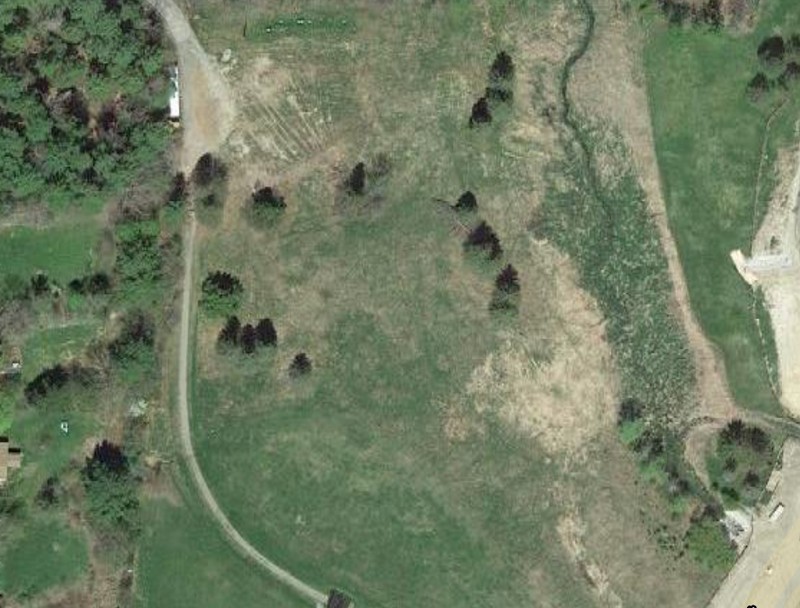
Backstory and Context
Text-to-speech Audio
Affordable housing has always been a concern for students. Since the Spring of 1913, farmer Ernest "Gramps" Littlefield, whose property bordered campus, allowed cash-strapped students to live on his property. It started with a converted hen house, which housed students Ernest Hamilton and Henry Covell. Within a few years there were ten tiny red shacks, barely camps, that existed on the property, by then called Hungry Hollow by students and locals. Over the years, more than 500 students called the unsanctioned student colony home.
In 1929 the United States economy crashed, marking the start of the Great Depression. Many Americans lost their jobs and could no longer afford to pay for food or housing, let alone a luxury like college. By 1933, the unemployment rate had reached a record high of nearly 25%.
The university received a portion of President Franklin Delano Roosevelt's Federal Emergency Relief Act of 1933 (FERA), which state governments distributed according to their unemployed workforce. Nearly 16% of the United States population received a portion of the over $3 billion in emergency funds. The following year, in 1934, 142 students were employed in FERA-funded jobs around campus.
When the Great Depression hit, the ten cabins were quickly joined by caravans, trucks made into trailers, and even tents. Another Hooverville-esque community reportedly popped up north of campus along the Stillwater River, and in thousands of other locations across the country.
In 1937, the university intervened, took over the property, and new cabins to provide low-cost housing options for students. The 22’ x 30’ structures, which rented for $1.50 per week per student, held four students each and included a table and chairs, bunk beds, and a wood stove. Students were required to cut their own wood, fill their own kerosene, and do all of their own cooking and cleaning. Some kept livestock. Female students, however, were not permitted to live in the Cabin Colony for the first decade, and then only with their husbands.
As enrollment boomed following WWII, and more married couples came to campus, additional cabins and temporary trailers were added elsewhere on UMaine property to keep up with demand. For awhile, the new cabins worked well, but over the years, the distance from the main campus and lack of supervision or accountability allowed the cabins to fall into disrepair. By the 1960s and 1970s it became home to mostly a laid back partying type. Noted alum author Steven King lived in the cabins for part of his time at UMaine and frequented a coffee shop that used to be on the property (likely in a nuilding that housed a small carryout grocery in earlier years).
This evolution of the property back into an outsider community led to the first ever Bumstock in 1973 , an end-of-year music festival inspired by Woodstock. Bumstock quickly grew from a few hundred people in the first few years, drawn by friend's bands, free beer, and reportedly hallucinogenics, to an organized affair over the years with stages, wristbands, and thousands of attendees.
The university eventually took over the festival, moved it back onto a field on campus, eliminated the (known) free beer, and cleaned up its image,.By 1982, the university removed the few cabins worth saving, and razed the remainder of the colony, and with it, the memories of generations of students. Numerous attempts were made to revive the festival through the years on and off, although it struggled to maintain the spirit and momentum it once had.
Sources
General Alumni Association, University of Maine, "Maine Alumnus, Volume 19, Number 1, October 1937" (1937). UMaine Alumni Magazines - All. 425.
Oboyski, Oaulette. "Stephen and Tabitha King," Maine Seniors Magazine, August 2019.
See individual articles with sources below.
Bangor Daily News, January 21, 1937
Bangor Daily News, June 13, 1935
General Alumni Association, University of Maine, Maine Alumnus, Volume 15, Number 7, April 1934.
University of Maine Photo Archive
University of Maine Photo Archive
Bangor Daily News, November 8, 1951
University of Maine Photo Archive
Bangor Daily News
University of Maine Photo Archives
Maine Campus, December 12, 1981
Maine Campus, April 22, 1977
Maine Campus, September 9, 1981
University of Maine Prism, 1981
University of Maine Prism, 1981
Maine Campus
Bangor Daily News, April 20,1990
Google Maps
